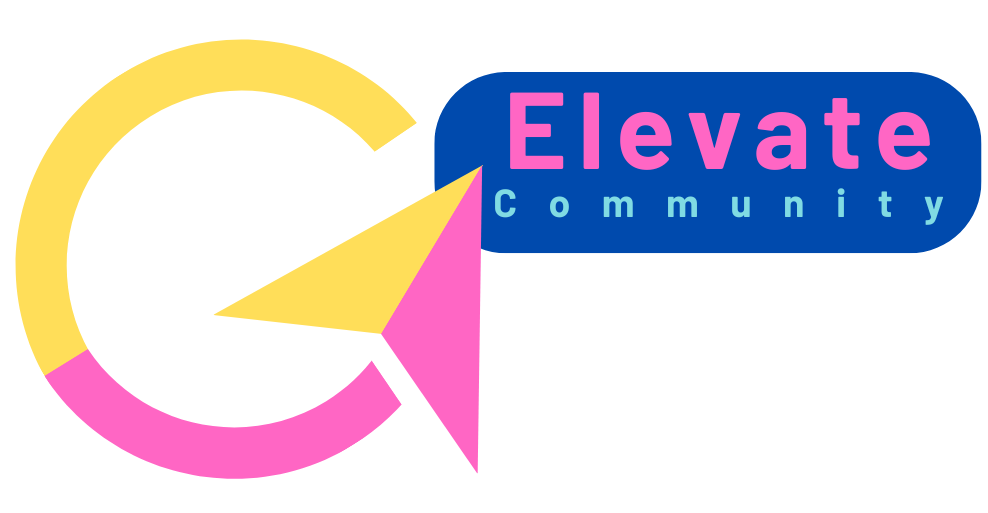By Lindsay Mackenzie and Sara Schumann
Experience and Engagement are different, yet too often they are interchanged, causing confusion.
Experience: what a brand does to a customer/ employee – it’s not always intentional.
Engagement: what a customer/ employee does with a brand in mind. It’s always intentional.
I propose when we talk about customer experience, we’re talking about something deliberately or unintentionally produced by the organization. Engagement is the action or inaction taken by the customer or employee.
The Customer Experience Professional Association recently published its Book of Knowledge. In it are the following definitions, which support our argument that experience is created (willingly or unwillingly) by the organization. Below are the definitions:
Customer Experience: the perception that customers have of an organization, one that is formed based on interactions across all touchpoints, people, and technology over time.
Customer Experience Management – the set of practices that an organization employs to meet (or exceed) customers’ expectations.
CX Professionals are the individuals who act as a catalyst to enhance an organization’s results by understanding, designing, and improving experiences across the entire customer relationship.
To summarize, an organization creates and measures experience to meet or exceed customer expectations.
Engagement is the customers’ interaction with the brand, product, or individuals working on behalf of the brand. A customer can be on the spectrum of proactively engaged, actively engaged, engaged, disengaged, or proactively disengaged.
Engagement, as it relates to CX, is usually centered around employee engagement, focusing on developing more engaged employees to improve the customer experience. When we discuss and look to quantify customer engagement, it centers around digital engagement with a focus on social media because it’s easy to quantify – it’s easy to see the number of views, likes, comments, shares, impressions, etc. Alumni associations and membership-driven organizations have a lot to each about how to quantify engagement.
Some of the ways that alumni associations are quantifying engagement by counting:
- Proactive outreach by the customer to the association (customer reaches out to the contact center)
- Donations (frequency of donations over a given period)
- Event attendance (frequency of attending events)
- Meetings (meeting with a fundraiser)
- Volunteerism (serving as a career mentor, advisory board member, regional leader, etc.)
- Email engagement (frequency at the individual opens and email)
By aggregating the above metrics, a unique user score is established on a scale of 0 – 100. The higher the score, the more engaged the customer is with the institution. Being able to measure engagement provides us with a deeper understanding of who’s most interested in the institution; who will be more likely to respond to special offers.
Sara used engagement scores to promote special pricing for university gear at the bookstore. She deployed three emails with the same offer. The first went to those who were highly engaged, with a score of 75 or higher. The second went to moderately engaged, with a score of 45 to 74, and the third went to the less engaged population, with a score off 44 and below. Those who were highly engaged contributed to a $10K increase in-store revenue.
The individuals with moderate engagement scores, who weren’t already volunteers, were added to our outreach with a focus on driving awareness of potential volunteer opportunities.
The more engaged someone is, across multiple engagement areas, the more likely they are to remain engaged year over year. Just as when someone is engaged in one area, such as email and social engagement, the greater likely hood that they will engage in other areas such as event participation or becoming a donor.

The Engagement Funnel gives a quick overview of the areas where customers are engaging, and where institutions are beginning to quantify engagement. But, the intersection of where the constituent shows up to help/ give/ connect is where experience by the institution is created. This is where customers (donors, students, alumni, volunteers) react to the experience you’re creating (or not) for them.
To say we want to create a great experience, to wow, to create nostalgia, to form connections, to generate excitement is easy. To begin to build a customer experience management program is more difficult – but the results will not only deepen the engagement pool but also generate year-over-year engagement. This is what will ensure the success of larger and larger campaigns with dual goals (alumni engagement and dollars raised).
Reference
Customer Experience Professional Association (2022). CX Book of Knowledge (1st ed.). Customer Experience Professional Association. https://www.cxpa.org/grow-your-knowledge/bookstore
Schumann, Sara.(2023) Engagement Funnel alumnirelationscx.com




